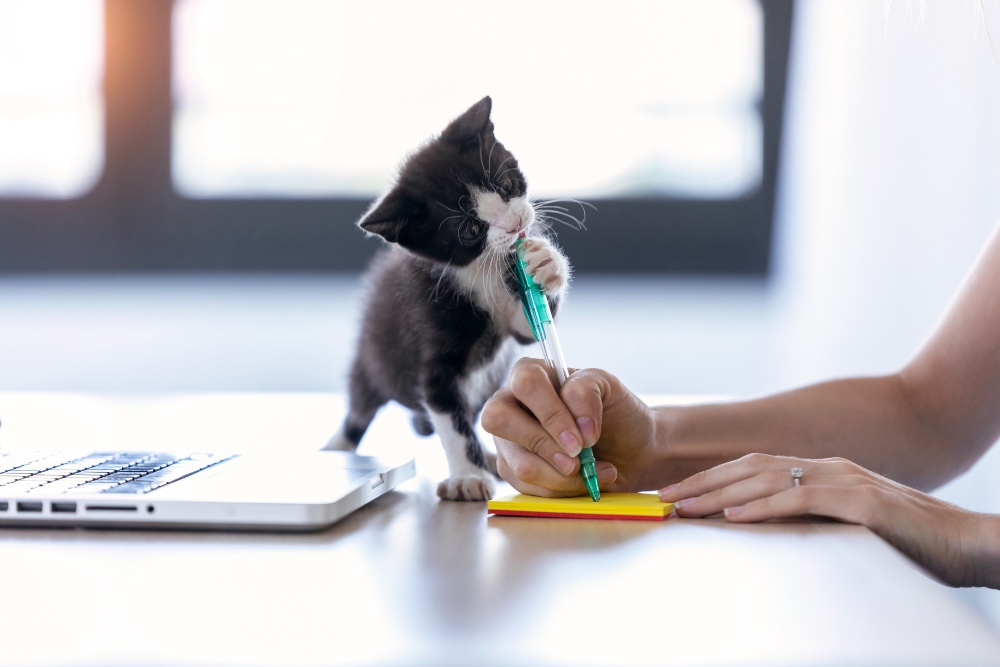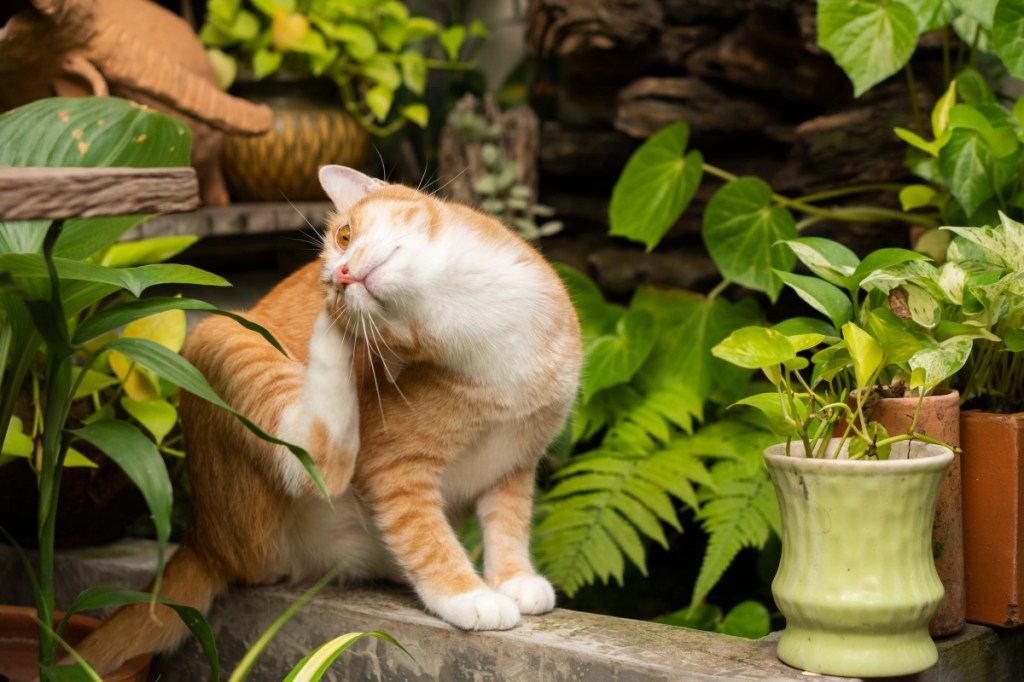Table of Contents
You’ve found your future cat (hurray!) and are excited to bring them home to spend quality time with your new furry family member. Whether you haven’t had a cat in years or this is your first one, you’ll need to stock up on the necessary supplies and kitten proof your home to create a safe environment for your cat. It’s best to prepare a few days in advance so that you can relax and enjoy your new pet’s company the day you welcome them home.
A safe haven for cats of all ages
Whether you’re getting a young kitten in her early months of life or a fully grown adult cat, kitten proofing is a crucial step before bringing home any new feline. Until you know what type of personality and tendencies your new cat will have, it’s best to be on the safe side and safeguard them from any potential dangers in your home, as well as protecting your home from any destructive behaviors. Your cat will be attracted to places where they can hide or sleep, things that could be fun to play with, or anything that might smell or taste good. Take a look at your home from a cat’s point of view – as in, get down to the ground – to find all of its potential hazards.
Hiding spots and escape routes
Start by securing any places your cat might be able to hide or through which they could escape. The washer and dryer, open drawers, and cabinets are a few fun places for your cat or kitten to hide, so if any of these have toxic cleaning supplies or other no-no items, you may have to consider child-proof latches for their doors. And finally, be sure that all windows are either kept shut or have secure window screens to prevent an escape.
Dangling items
To your cat, anything that dangles might look like a fun opportunity to climb or play, which poses the risk of them getting either tangled and strangled, or at the very least, causing some damage to your decor. Remove tablecloths and tie up drapes and cords for blinds. Stow away items with electrical cords that are not in use and consider hiding or securing cords for lamps and other appliances to keep a curious chewer from getting shocked. String and yarn can be fun for supervised play but keep it out of reach when leaving your cat alone – they are hazardous if swallowed.
Breakable decor
Vases, picture frames, and fragile decor can easily be knocked off of a table or countertop while your cat is exploring. Avoid lighting candles until you can completely trust that your cat will not get too close or knock them over.
House plants
Kittens may try to climb or eat household plants, and an older cat that is curious may even give them a nibble. For plants that are toxic to cats, such as lilies, aloe vera, or sago palm (to name a few), your cat could experience serious illness or worse. Do your research to find out if the plants in your home are toxic to cats, and make sure to keep those plants out of reach.
Knick knacks and office supplies
Be sure to secure any small items that your kitten might consider to be a fun toy, including craft supplies like ribbons, needles and pins. Also, be mindful of small office supplies such as rubber bands, paper clips, thumbtacks and pen caps.
Put a lid on it
Some cats have a fascination with water so keep your cat from accidentally taking a dip or even drowning by keeping the toilet lid closed and putting a lid on your fish tank.
Cat supplies
Now that your home is safe for a cat, you get to do the fun part: shop! Through a little trial and error, you’ll learn your cat’s preferences regarding toys, food, and scratching trees, but this list will at least give you a place to start.
New cat supply checklist
- Collar with identification tag
- Food – both wet and dry
- Bowls for food and water (ceramic or stainless steel are recommended since plastic scratches easily, leaving crevices for bacteria to build up)
- Litter box and cat litter
- Scratching post
- Grooming supplies: comb, nail clipper, pet shampoo
- Cat carrier: Don’t just wait for car rides to get your cat used to the carrier. Use it as a bed at home by removing the door so he doesn’t accidentally get locked in.
- Toys
- Treats







